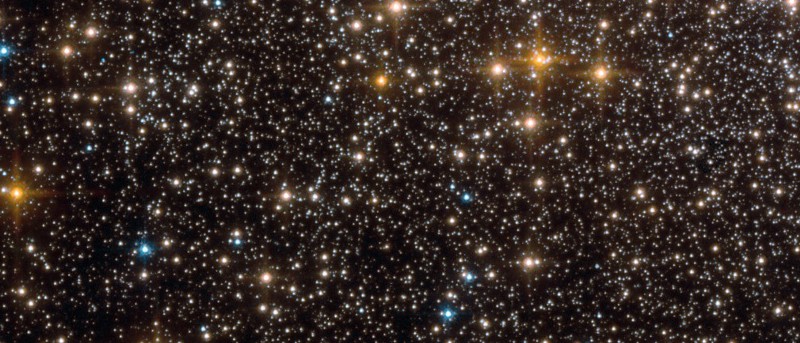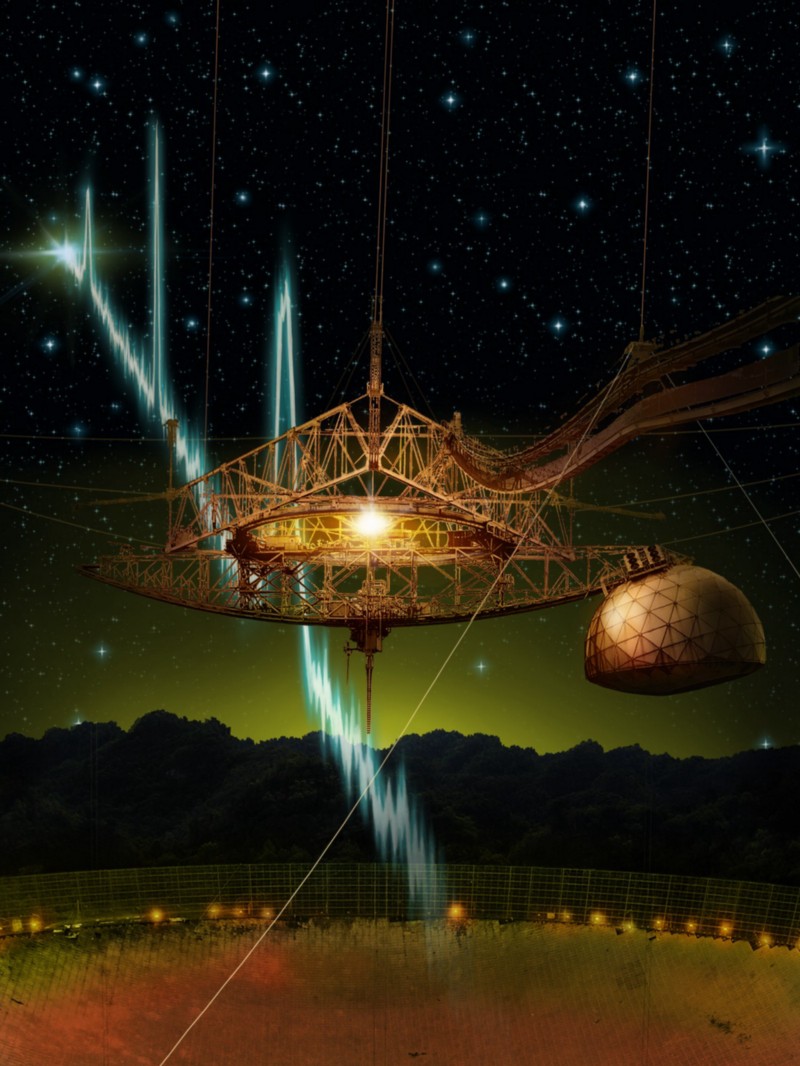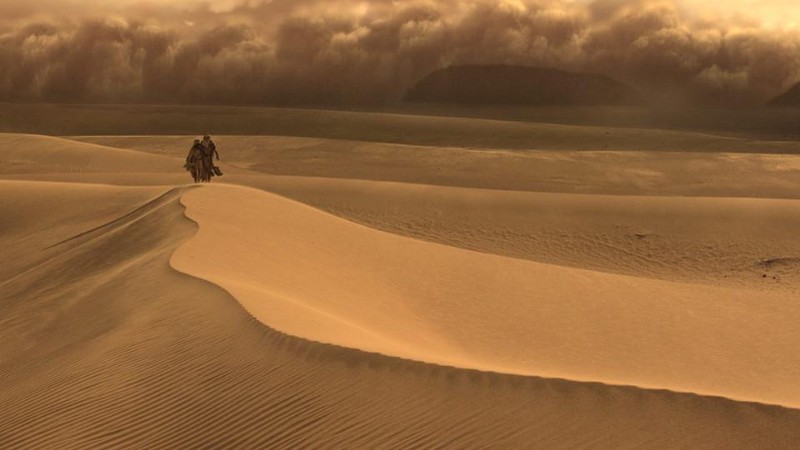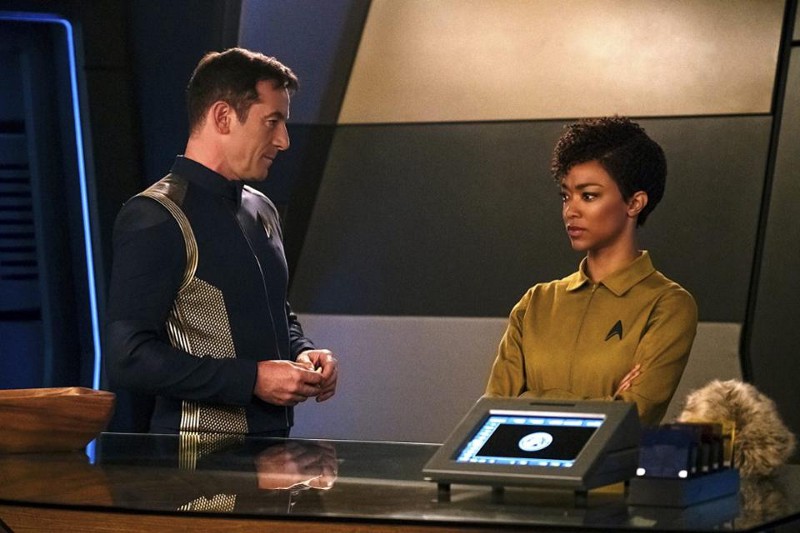Star Trek’s Leonard Nimoy Memorialized With Asteroid

Following his February 2015 passing, famed Star Trek actor Leonard Nimoy has been memorialized in a way that honors his career-defining science-fiction role. The man who embodied Mr. Spock for decades on television and film now has an asteroid named after him. The asteroid, formerly dubbed 1988 RA5, was discovered in 1988 (fittingly), by Belgian astronomer Henri Debehogne. The folks over at Universe Today have some hot tips on just when you might be able to pull out your trusty telescope and catch Nimoy on his way across the night sky.
If the concept of naming a celestial body after a deceased person sounds both novel and familiar, you probably have a vague recollection of the International Star Registry, which was founded in 1979, and gives you the chance to name a star after a special friend or loved one. It’s just a gimmick, and there’s nothing official about it, but it’s a pretty ingenious business idea. Inventory is free, and promises not to run out for billions of years.
The official stuff is handled by the International Astronomical Union, and that’s serious business. Nimoy is one of many figures to be recognized by the IAU, which, in addition to naming stars, names minor planets. Many of these minor planets are named after people, and the IAU gets quite creative in handling this process. Astronomers (amateur and professional), chemists, mathematicians, composers, and even pop-culture figures get a piece of the action. There are planets named after Carl Sagan, Aristotle, Donatello, and Andy Warhol, but those are some of the relatively tame choices. Tom Hanks, retired hockey player Pavel Bure, and even ’70s rock band ZZ Top all have their own planets.
An asteroid is undoubtedly a fitting tribute for someone as close to the hearts of so many scientists as Nimoy. Although Star Trek sometimes gets lampooned for its low-budget Hollywood portrayal of space exploration, its role in inspiring young scientists across generations has been very real. As a genre, science fiction takes the dry material from our Earth-science textbooks and uses it to inspire us with a vision of the future that’s full of wondrous possibilities. It’s a bit like an advertisement for the field of science, complete with the transparent, but irresistible exaggerations commercials use to hook us in. Sure, it can be cheesy, but without it, we may not have discovered so many minor planets. And I don’t know if I’d be very happy living in a world without a planet named after The Bee Gees.
It would be ironic if Mr. Nimoy’s asteroid ever took a turn toward Earth, signaling that our species might live relatively briefly and probably not prosper. On the other hand, our ability to cope with incoming planetary threats is improving as Professor of Astronomy and Astrophysics at Villanova University Edward M. Sion explains (Sion also discusses Lunar Vulcanism, though no mention yet of the Lunar Vulcan Grip):
Visit Universe Today for more.





